Build Ukraine Back Better
The system discussed in the previous essays — computer predictions driving economic control and international emergency powers overriding all forms of resistance — is not hypothetical. It is operating in real life in Ukraine.
War-torn reconstruction serves as the world's first country-wide test of conditional sovereignty, where national survival itself depends on letting international organisations monitor and control every aspect of how the government operates.
Build Ukraine back… ‘better’1?
Emergency as Universal Solvent
Military emergency works like a universal solvent for democratic resistance. It makes comprehensive conditional sovereignty politically acceptable when presented as humanitarian reconstruction help. Where gradual implementation would face democratic pushback, war creates the political necessity that allows immediate wholesale adoption of international oversight systems.
Ukraine's reconstruction shows this clearly. Over $100 billion in international help comes with explicit conditions requiring wholesale adoption of EU legal frameworks, digital government systems, and transparency rules that give international organisations oversight of domestic policy. These requirements would normally take years of democratic debate and legislative approval. Instead, they become emergency necessities that must be implemented immediately for reconstruction aid to flow.
The brilliance of this approach lies in how it's presented: comprehensive international control appears as generous, altruistic humanitarian assistance rather than conditional governance. Citizens experiencing wartime devastation welcome aid that quietly arrives with oversight requirements. Resistance appears ungrateful, irrational, even harmful to national survival.
The emergency framework eliminates normal democratic processes that might question or change these requirements. Parliamentary debate, public consultation, and constitutional review become luxuries that crisis conditions can ill afford. Emergency legislation allows rapid implementation of major governance changes under the justification of wartime necessity.
This creates what political theorist Carl Schmitt identified as the sovereign exception — the moment when normal legal and democratic constraints get suspended to address existential threats. Ukraine shows how this exception becomes the pathway for installing permanent governance infrastructure that operates beyond democratic accountability — even after the emergency ends.
Six Control Mechanisms Operating Together
Ukraine provides the first complete demonstration of six control mechanisms working together as a coordinated system, creating comprehensive conditional sovereignty through interconnected compliance requirements.
Control 1 - Who Gets Certified: EU membership negotiations require wholesale adoption of European standards across every sector — from agricultural certification to financial regulations. Ukrainian institutions must obtain EU-recognised certification to participate in reconstruction programs. This effectively makes European technical bodies the judges of domestic institutional legitimacy. No Ukrainian organisation can access reconstruction funding without certifications from EU-approved bodies.
Control 2 - Financial Strings: IMF, World Bank, and European Bank packages totaling over $100 billion operate through explicit conditions tied to implementing digital governance reforms, anti-corruption measures, and transparency protocols. Each funding installment requires demonstrating progress against internationally defined performance targets. Financial access becomes contingent on compliance with externally determined governance standards rather than what Ukrainian citizens want.
Control 3 - Digital ID Gates: Ukraine's Diia digital identity system is the most advanced national digital credential system globally, combining legal identity, health records (including vaccine passports), educational certificates, and financial access in a single platform. Access to reconstruction benefits, government services, and international programs requires digital credentials that control participation based on compliance with international standards. Citizens must demonstrate adherence to digitally tracked requirements to maintain full economic and social participation.
Control 4 - Mandatory Auditing: Anti-corruption frameworks require blockchain-based tracking of all reconstruction funds, with international auditing firms conducting real-time verification of how money gets spent. Third-party oversight becomes a legal obligation backed by financial penalties, effectively making compliance with international standards enforceable through domestic courts. Ukrainian institutions face legal consequences for failing to meet externally defined audit requirements.
Control 5 - Data Sharing Requirements: ‘Digital twin’ reconstruction projects create comprehensive digital models of Ukrainian cities and infrastructure, with standardised data collection that embeds international monitoring directly into physical rebuilding. Ukraine must share detailed geographic, economic, and social data with international partners as a condition of reconstruction assistance (much like ‘access to benefits sharing’). This creates permanent surveillance infrastructure justified by emergency reconstruction needs.
Control 6 - Procurement Control: ProZorro (Ukraine's mandatory online procurement system) handles all government contracting and automatically encodes sustainability requirements, transparency obligations, and compliance verification into every reconstruction contract. The World Bank and UN showcase this system as global best practice, making Ukrainian procurement a template for universal adoption. Every government purchase becomes enforcement of international compliance standards through commercial relationships.
The simultaneous operation of all six control mechanisms creates comprehensive conditional sovereignty where Ukrainian state authority becomes contingent on continuous compliance with internationally determined performance standards. The government retains symbolic sovereignty while decisive authority over policy implementation shifts to international oversight mechanisms embedded in reconstruction infrastructure.
Sovereign budgeting becomes reliant upon corporate milestone payments.
Template for Global Expansion
Ukraine's reconstruction serves as a prototype for the governance system that could be activated worldwide through the UN Emergency Platform when health emergencies are declared. The same institutional mechanisms that condition Ukrainian reconstruction on compliance with international oversight can be triggered globally when ‘complex global shocks’ activate emergency protocols.
The WHO Pandemic Treaty and UN Emergency Platform create the legal and procedural infrastructure to scale the Ukrainian template worldwide. When health emergencies are declared, the same control mechanisms that operate in Ukraine's reconstruction could activate simultaneously across all participating nations. Countries would face the choice between accepting conditional assistance that embeds international oversight or facing economic isolation during crisis conditions.
The Ukrainian precedent shows that comprehensive conditional governance can be implemented rapidly when presented as emergency assistance. Citizens experiencing crisis conditions accept oversight requirements that would be politically impossible under normal circumstances. This makes emergency the preferred pathway for installing major governance infrastructure changes.
Climate emergencies, cyberattacks, supply chain breakdowns, or financial crashes could all trigger the same template. Each emergency creates political space for implementing the comprehensive monitoring and compliance systems that have been tested and refined through Ukrainian reconstruction. The technical infrastructure developed in Ukraine — digital identity systems, blockchain audit trails, automated procurement compliance, real-time data sharing — becomes immediately deployable worldwide when emergency conditions are declared.
The UN Emergency Platform eliminates the negotiation and customisation delays that historically limited international coordination during crises. Instead of improvising response mechanisms, pre-positioned infrastructure can activate immediately, implementing standardised oversight systems across all participating nations simultaneously.
Most importantly, the Ukrainian precedent shows that emergency-installed governance infrastructure doesn't disappear when crises end. The digital systems, oversight mechanisms, and compliance requirements implemented during reconstruction become permanent features of Ukrainian governance, creating lasting transformation that extends far beyond the original emergency justification.
From Test Case to Global Platform
The transition from Ukraine’s test case to global implementation marks the maturation of conditional governance from experimental to operational. Ukraine shows that comprehensive international oversight can be installed rapidly under military emergency conditions, with limited democratic resistance. Emergency creates the political capital to hardwire governance changes that continue operating long after the crisis ends. What might otherwise take decades of negotiation and legislative approval can be implemented in months when framed as humanitarian necessity.
The success of this prototype provides confidence that similar systems can be deployed worldwide whenever emergencies create the requisite political necessity. The same institutions that manage Ukrainian reconstruction — central banks, Bretton Woods and multilateral development banks, EU membership mechanisms, digital-identity providers, audit firms, data-governance frameworks, and procurement platforms — already operate globally and can implement near-identical oversight bundles under accelerated timelines.
This prototype also maps directly onto the UN Emergency Platform, which the Secretary-General can convene under the Pact for the Future framework, complementing the UN Security Council’s role when ‘complex global shocks’ are recognised. In such moments, the standardised toolset — the six control mechanisms demonstrated in Ukraine — can be switched on across participating states, with access to assistance conditioned on continuous compliance and justified by ‘black box’ computer predictions of cascading risk (pandemic potential included).
The Ukrainian reconstruction, therefore, reveals the true purpose of international emergency powers: not temporary response, but permanent transformation of governance. Emergency becomes the pathway by which comprehensive conditional rule moves from prototype to planetary platform — with Ukraine as the blueprint, and the UN Emergency Platform as the switchboard.


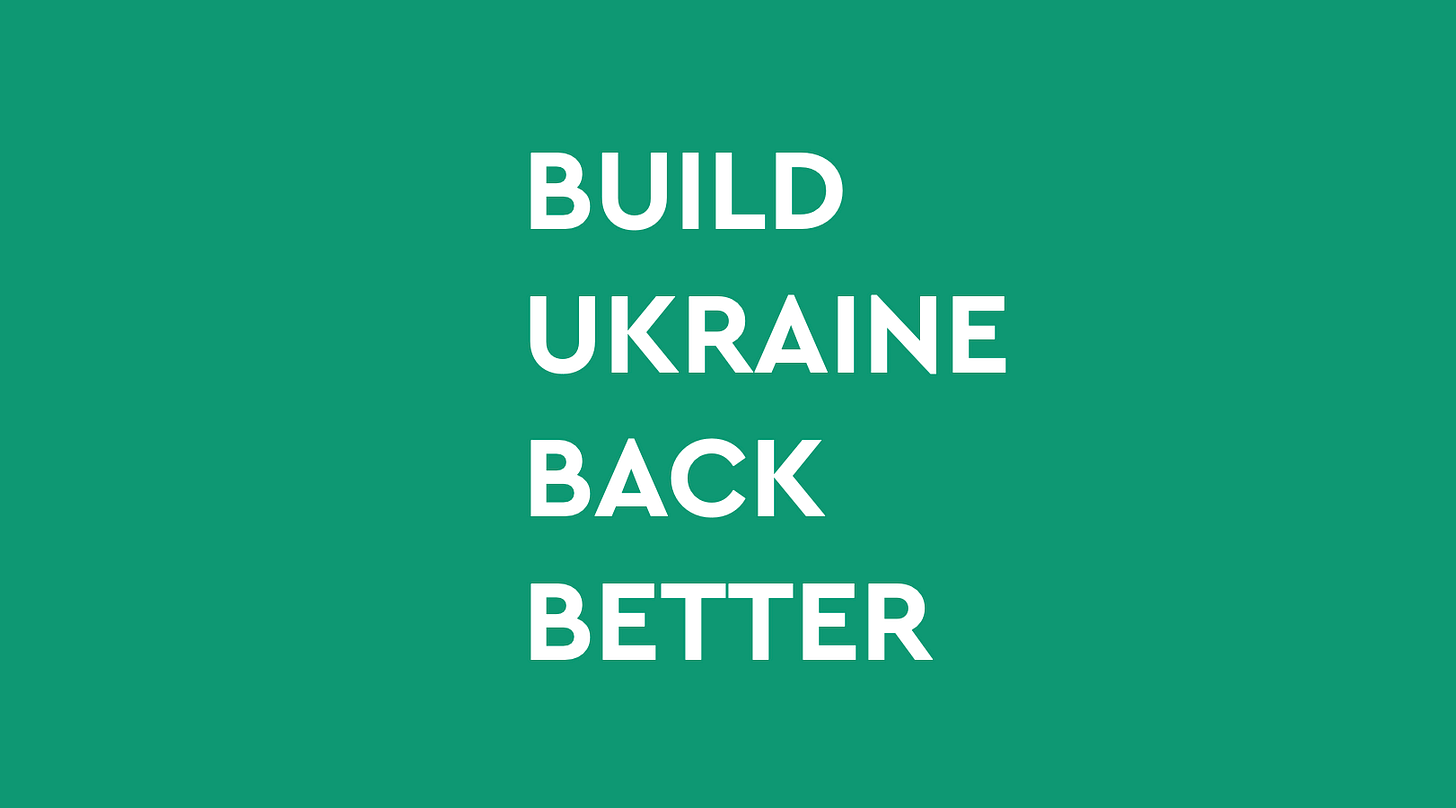

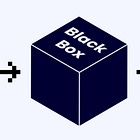


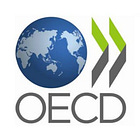

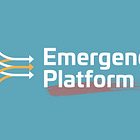
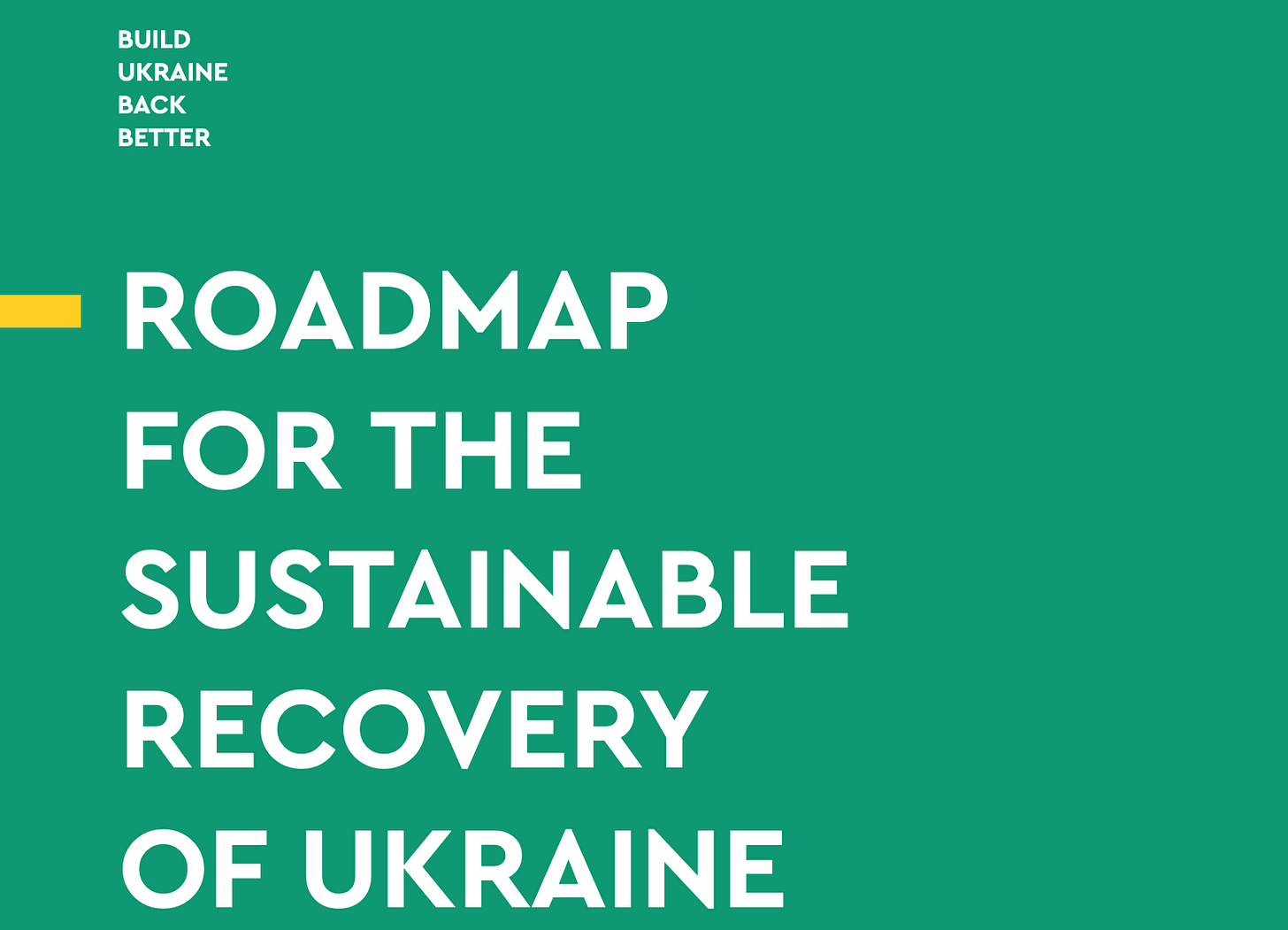
Coming UK economic collapse and bailout will lead to a similar control system being put in place.
Good: You’ve cut straight to the bone by showing Ukraine as the prototype. The six control levers mapped here — certification, finance, digital ID, audits, data-sharing, procurement — lay out the architecture clearly. This isn’t theory; it’s already running.
Bad: Framing it as “humanitarian assistance” hides the trap. Citizens are groomed to see resistance as ungrateful, even treasonous, while oversight becomes permanent. That velvet glove masks the iron leash.
Ugly: If this blueprint scales through the UN Emergency Platform, sovereignty everywhere becomes theater. Nations reduced to franchises, citizens to QR codes with revocable privileges. Ukraine is not being rebuilt — it’s being repurposed into the first digital colony.